Ertach Kernow - Songs for Cornwall
Songs for Cornwall. Morwenstow, Cornwall’s most northerly parish has one great claim to fame as having been the home of the eccentric vicar Robert Stephen Hawker. His great claim to fame was writing the poem, later turned into the song known throughout the world as ‘Trelawny’. At 9.00pm on St Piran’s Day, Cornishmen and those embracing Cornish traditions throughout Cornwall and the worldwide Cornish Diaspora, will be belting out Trelawny as part of the recent tradition of the ‘Trelawny Shout’, now an important part of the day’s celebrations. Pub’s, clubs and homes will be resounding with the words ‘And shall Trelawny live? Or shall Trelawny die? Here's twenty thousand Cornish men, Will know the reason why!
Although known as Trelawny the actual name is ‘The Song of the Western Men’ and it is not as many believe the Cornish national anthem, that honour must be given to ‘Bro Goth Agan Tasow’. Recent resurgence of Celtic identity within what is becoming increasingly known as the Celtic Isles and Brittany has led to a huge increase in the use and participation in Celtic music and songs. The Cornish national anthem ‘Bro Goth Agan Tasow’ is sung in Kernewek, the Cornish language, to the same tune as that of the Welsh and Breton national anthems. The Welsh national anthem ‘Hen Wlad Fy Nhadau’ is sung in Cymraeg, and seemingly no bar to enthusiastic participation by those who may not necessarily speak the Welsh language. Hearing ‘Hen Wlad Fy Nhadau’ sung by tens of thousands of Welsh supporters in packed stadiums, before football and rugby matches, gives appreciation of the passion and national pride felt by the Welsh supporters. Recent suggestions that the UK national anthem again be played, after being quietly dropped from 1973 due to jeering and booing, was very poorly received. Although Scotland does not have its own national anthem ‘Flower of Scotland’ acts as the de facto Scottish national anthem especially at sporting events, albeit sadly not sung in Scots Gaelic.
Cornwall has a strong tradition of singing, its Methodist past encouraged singing hymns and there has been a great resurgence in singing traditional Cornish songs. In fact, the ‘Song of the Western Men’ was said by Cornish historian, Robert Morton Nance to have been inspired by ‘Come, all ye jolly tinner boys’, written about 1807. This was a protest song against Napoleon Bonaparte who through his threats and invasion of Poland would have affected the Cornish tin trade. Protest songs, which in effect Trelawny is, engender great popularity at the time they are written and often have great longevity and ability to inspire and spawn other songs.
Cornwall’s historic industries of fishing and mining have a long history of related songs being written and sung. Today these traditional songs are shared not just through male voice choirs, but also smaller groups of singers taking them out into communities and sharing them online via YouTube as well as CD’s and DVD’s. Several groups have performed traditional Cornish music at festivals beyond Cornwall, such as the Inter-Celtic Festival of Lorient in France, which alone attracts over half a million visitors and five thousand performers. Celtic themed music and dance across all the Celtic nations is growing in interest and numbers of participants. Here in Cornwall our own Lowender Peran Celtic Festival, albeit much smaller, has been running for well over forty years and brings performers from all over the Celtic world. Recently Port Isaac group Fisherman’s Friends have expanded their musical audience to include filming and a musical about them. This included participation by the group members in cameo roles within the films. All of this is good for Cornwall and its musical culture, ensuring existing and new songs of a traditional nature reach a worldwide audience.
Popular songs written about mining abroad, Britain and worldwide, have been adapted for Cornish use, with new and alternative words, relating to our own mining heritage. These include ‘Working Man’ written and first released by Canadian Rita MacNeil in 1981 and Billy Braggs ‘A Miners Life’ with the tune thought to have been based on that by Welsh composer John Hughes (1872-1914) and used with the Welsh poem Calon Lân written by Daniel James (1848-1920) and published in 1892.
The Song of the Western Men was written whilst Hawker was living in the hamlet of Coombe in Morwenstow parish. It was first published in the Royal Devonport Telegraph and Plymouth Chronicle on 2 September 1826. Perhaps when preparing to take part in the Trelawny Shout on St Piran’s Day let us remember one almost forgotten person. People will remember the words, perhaps the man who wrote them some even what even the song relates to. How many know of and would even consider the woman who wrote the music? Would Hawkers now famous poem just be one of his many writings recorded in a book, rather than being roared out by many thousands of people each year? Let us remember Louise Theodosia Clare who in 1861 set the verses to music and received the approval of Hawker for that. We should now better recognise her contribution and give continuous thanks from Cornish folk the world over to her memory.
The coastline, beautiful Cornish scenery and well-known places have also been used in songs, integrating feelings of patriotism and love for Cornwall. Some of these more recently written songs have become what are loosely called Cornish anthems. Written by Pearce Gilbert of Helston in 1959 ‘Hail to the Homeland’ was set to music by the Cornish musician and composer Kenneth Pelmear. It was published by Pelmear, together with a Kernewek translation by Richard Garfield Jenkin, in a booklet of compositions in 1982 called Cornish Voices. Amongst very recent well-known songs joining the collection of Cornish anthems are those by Harry Glasson. His tremendously popular range of Cornish songs include ‘Cornwall my Home’, now a classic that is sung around the world. It has also been translated into Kernewek and sung by well-known Cornish musician Will Keating. Harry Glasson has recently published his songs in a book entitled Cornwall My Home Song Book that includes the songs lyrics and music, as well as additional Cornish dialect related poetry written by him.
What is very encouraging is that many of the popular Cornish songs, old and new, are being translated into Kernewek and there is great interest in singing these especially amongst younger people. Last year as part of the online International Celtic Congress, Urban Kelt who operate from The Celtic Lounge at Newquay Museum and supported by Cornwall Celtic Congress, delivered a range of songs sung in Kernewek. These were a mixture of traditional songs and those of a newer contemporary Celtic genre, produced by groups such as The Rowan Tree, Teylu and Brother Sea as well as artists Rosie Crow, Ben Harris and Minko. Performers with a modern take on Cornish and Celtic music will help encourage interest by new generations of people.
The huge range of Cornish music and associated dances are now being included within the Cornish National Music Archive. Their aims are to collect together information about musical cultures in Cornwall and its diasporic communities – from step-dancing to brass bands, electronica to folk sessions, and Christmas carols to bagpipes. It is for everybody to use, to learn from, and to contribute to. Besides any physical material, being included in the Kresen Kernow collections, this archive is available online and therefore accessible to the whole Cornish Diaspora and those interested in Cornish music and dance.
Over the past few decades Cornwall has become increasingly alive to its Celtic roots. The UK Government signed the Council of Europe’s Framework Convention for the Protection of National Minorities in February 1995, which came into force in May 1998. On 24th April 2014 the UK Government officially recognised the Cornish as a national minority thus affording the Cornish the same status as the Scots, Welsh and Irish. These political actions have helped strengthen interest in Cornish culture, encouraging learning and speaking the Cornish language. Expansion of Cornish cultural interests has included singing traditional and new songs by a younger and more active generation who are expressing strong identification with Cornwall as a nation, providing vigorous support for its wider interests.
Cornish identity and culture celebrated as part of St Piran’s Day include its music and language, supporting and encouraging each other. It is becoming increasingly clear that beyond the mass tourism, which causes so many issues, there is greater interest being shown in quality cultural tourism. Events such as Cornish Celtic music and dance festivals, performance experiences and book festivals based around Cornish authors, such as the new Falmouth Book Festival are growing in popularity. These bring in valuable revenue to Cornwall’s wider heritage sector and are good for the Cornish economy, to which Cornish music is becoming an important contributor.
Perhaps it won’t be too long before people hear Cornwall’s own national anthem ‘Bro Goth Agan Tasow’ roared out by Cornish folk along with ‘Trelawny’, maybe even that sung in Kernewek. But for the moment let Cornish people and those that love Cornwall remember wherever you are at 9.00pm on Saturday 5th March stand and sing.
And shall Trelawny live?
Or shall Trelawny die?
Here's twenty thousand Cornish men
Will know the reason why!
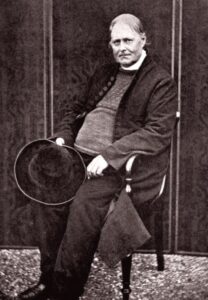
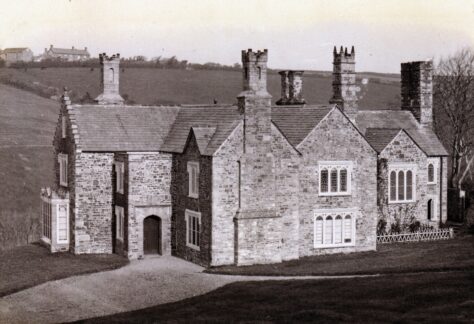
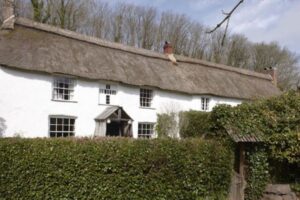
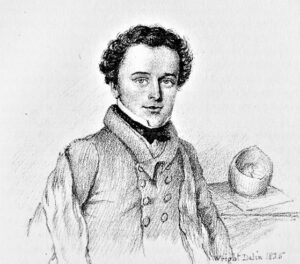
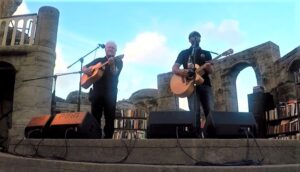
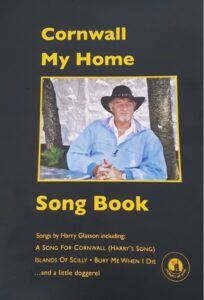
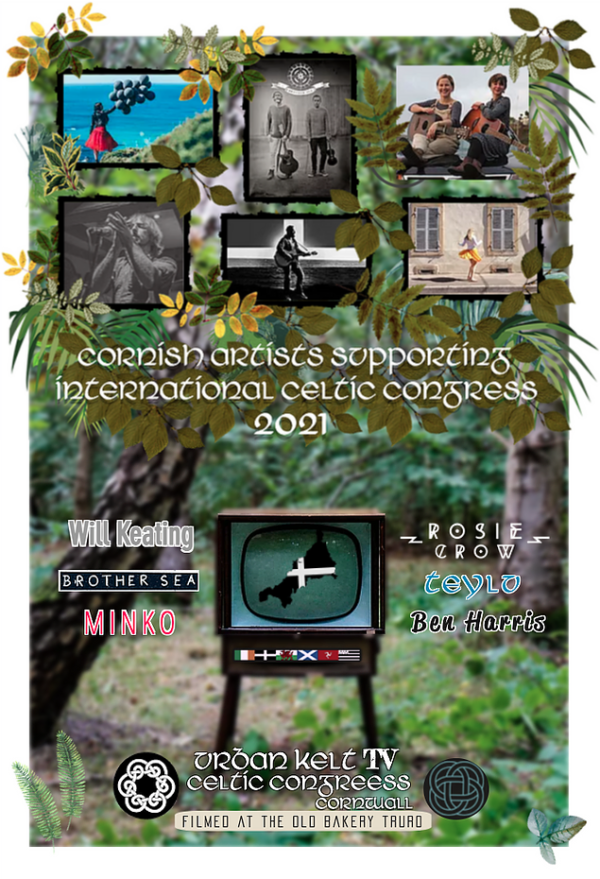
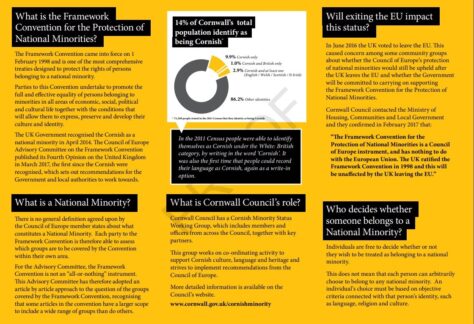
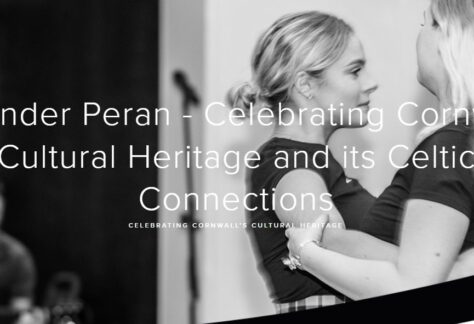
![[88] Voice - Ertach Kernow- 02.03.22A Songs for Cornwall [S] Ertach Kernow - Songs for Cornwall](https://www.cornwallheritage.com/wp-content/uploads/2022/03/88-Voice-Ertach-Kernow-02.03.22A-Songs-for-Cornwall-S-226x300.jpg)
![[88] Voice - Ertach Kernow- 02.03.22B Songs for Cornwall [S] Ertach Kernow - Songs for Cornwall](https://www.cornwallheritage.com/wp-content/uploads/2022/03/88-Voice-Ertach-Kernow-02.03.22B-Songs-for-Cornwall-S-228x300.jpg)
![[88] Ertach Kernow Heritage Column - 2nd March 2022 - Baner Sen Peren Ertach Kernow Heritage Column - 2nd March 2022 - Baner Sen Peren](https://www.cornwallheritage.com/wp-content/uploads/2022/03/88-Ertach-Kernow-Heritage-Column-2nd-March-2022-Baner-Sen-Peren-294x300.jpg)